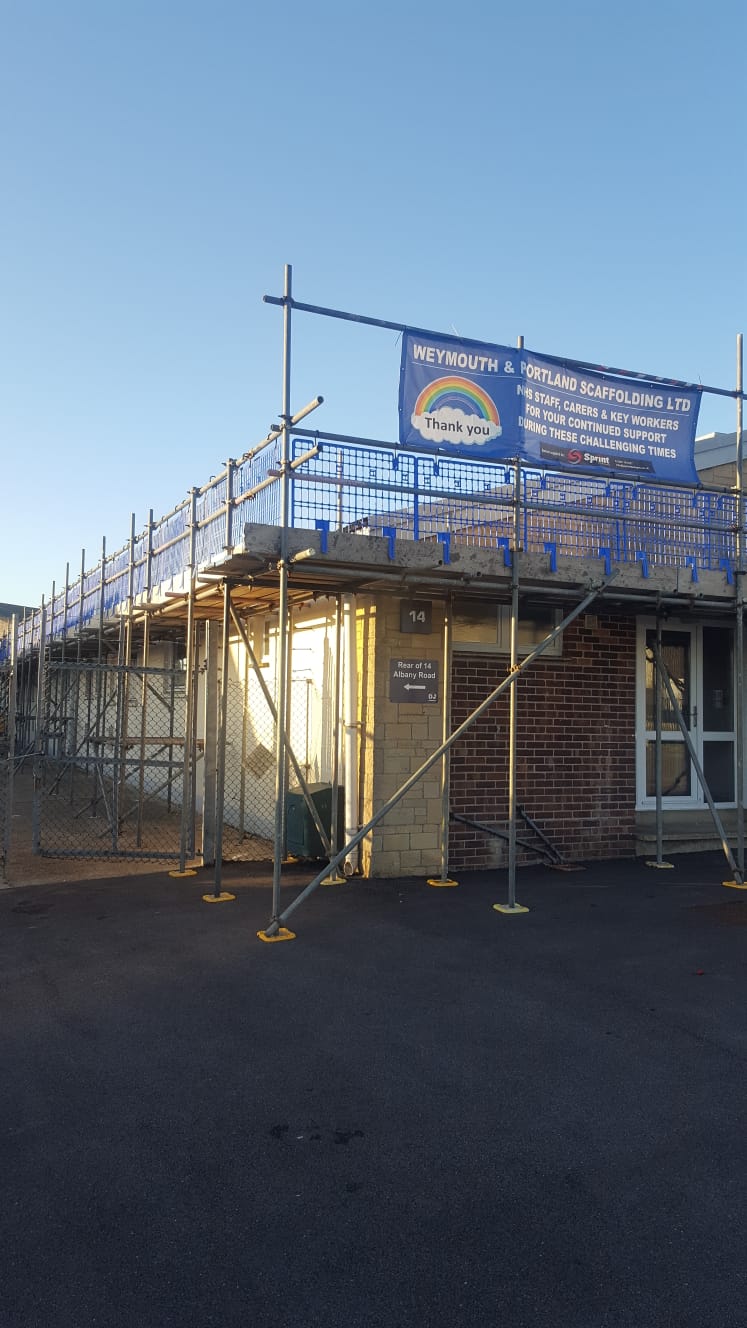Scaffolding Security: Critical Instruction for Workers

In the swift-moving world of business construction, scaffolding serves as a vital component that makes certain job sites stay secure and productive. As https://yamcode.com/ grow taller and projects turn into progressively complex, comprehending the intricacies of business scaffolding is critical for all workers engaged. From providing support to allowing easier access for construction teams, the correct scaffolding system can create a significant difference in the success of any project.
Safety is critical in construction, and thorough training for workers is critical in navigating the various types of scaffolding and the associated risks. By examining the fundamentals of industrial scaffolding, we can investigate its importance in modern construction, the types offered, and the importance of adhering to safety protocols. This article endeavors to provide you with the information essential to ensure that scaffolding is not only an benefit on your job site but also a indicator of compliance and safety in every component.
Grasping Industrial Scaffolding
Industrial scaffolding is a temporary structure engineered to hold up laborers and supplies during the building, renovation, or servicing of buildings. It serves as a vital instrument that enables entry to above-ground locations, guaranteeing that employees can complete work safely and effectively. Given the size and complexity of business projects, scaffolding systems must be strong, versatile, and comply to safety regulations. Commercial Scaffolding In Northfleet of industrial scaffolding lies not only in enabling work at heights but also in improving overall job site security.
There are different kinds of scaffolding used in industrial developments, such as frame scaffolding, system support, and hanging support. Each kind offers distinct advantages depending on the particular requirements of the task. Frame scaffolding is often used for its simplicity of assembly and strength, while system support provides more versatility and adaptability to complex designs. Suspended scaffolding, on the contrary, is favored in cases where work needs to be done on tall buildings or intricate facades. Knowing these types is essential for selecting the suitable scaffolding solution that meets both the safety and operational needs.
Properly utilizing industrial support structures can greatly enhance worksite security and productivity. Correct support not just provides a safe platform for employees but additionally helps reduce incidents related to falls. Additionally, it enables the neat arrangement of materials and equipment at height, reducing the risk of dangers associated with disorganized workspaces. By investing in high-quality scaffolding setups and training employees on their use, organizations can guarantee adherence with safety standards and create a safer employment environment for everyone involved in a project.
Safety Regulations and Adherence
Following safety regulations is vital for guaranteeing the safety of employees involved in commercial scaffolding projects. The OSHA sets forth specific guidelines that oversee the use of scaffolding in building environments. These regulations include various aspects, including the design, application, and upkeep of scaffolding systems. Complying with these guidelines not only protects workers from potential accidents but also guarantees that employers meet regulatory requirements, thereby avoiding significant fines and liability issues.

One of the important elements of compliance is conducting regular inspections and assessments of scaffolding structures. This includes assessing the stability of the scaffolding system, checking for defects, and making sure that the setup adheres to safety protocols. Workers must be trained to spot potential risks and report any deficiencies promptly. Safety inspections should be conducted before each work period or if there is a shift in circumstances that may influence the integrity of the scaffolding.
Furthermore, employers are required to provide adequate training for their workers. This training should include OSHA regulations, correct use of scaffolding tools, and emergency protocols. A well-trained workforce will notably minimize the risk of accidents and injuries on construction sites. By investing in proper training and compliance practices, companies can create a more secure work environment, eventually leading to boosted productivity and a good reputation within the building sector.
Selecting the Best Scaffold Options
Choosing the suitable scaffolding for construction sites is essential for ensuring protection and productivity. Different projects have unique needs based on their size, objective, and surroundings. For example, a tall building might need specific scaffold solutions that can carry heavier weights and provide greater stability at altitudes. Comprehending the particular needs of your project will lead you in selecting between alternatives like flexible scaffolding, which offers flexibility, or conventional tube and connection units, which can be tailored for various purposes.
A further important aspect is the materials used in scaffold. Aluminium scaffolding is often favored for its light quality and ease of construction, making it suitable for projects where movement and fast setup are priorities. Alternatively, steel scaffold may be more fitting for heavy-duty applications due to its strength and longevity. Evaluating the project elements, such as load-bearing ability and site factors, will help you make an educated decision that best fits your operational needs.
In conclusion, it is essential to think about the management of scaffold setup and handling. https://dall-hay-2.federatedjournals.com/beyond-expectations-enhancing-efficiency-with-business-support-structures involves evaluating site access, ensuring load-bearing capabilities, and timing assembly to reduce disruption on busy construction sites. Partnering with experienced scaffold professionals can provide insightful guidance and tailored solutions that enhance efficiency while adhering to regulatory guidelines. A thoroughly planned scaffolding solution not only supports building work but also adds significantly to the complete safety and effectiveness of the project.
